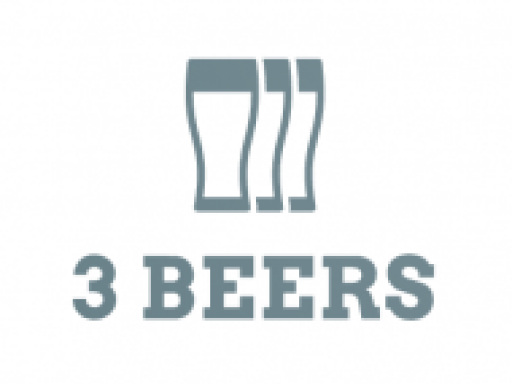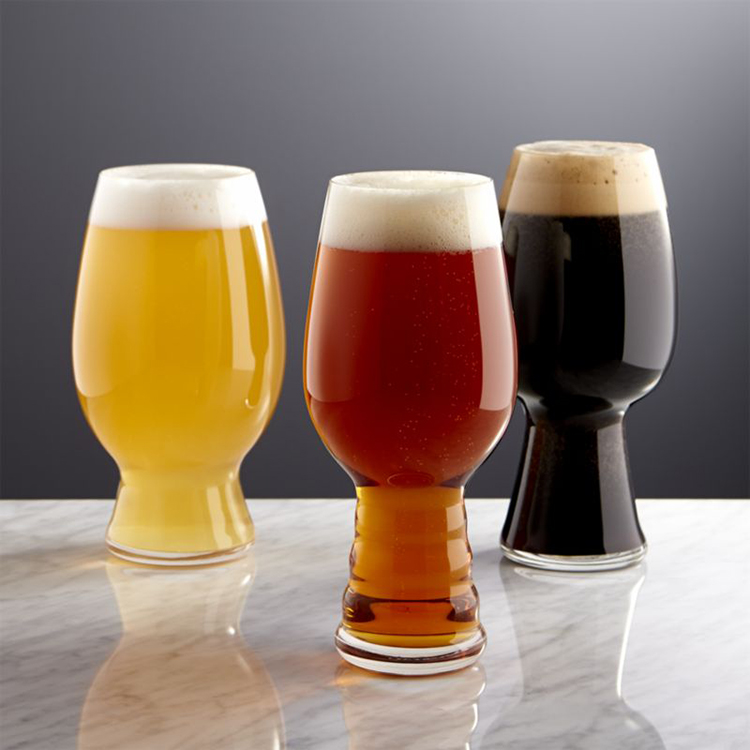There have always been so many options to pick from when it comes to beer. Whether you prefer the bold IPAs or just the classic lagers.
However, as much as there is so much to choose from, most people don’t know the actual differences between these beers.
In this article, we are going to discuss lagers and IPAs and also look at their differences.
Lager
A lager is a beer which originated from Germany and is made through a long process of fermentation in low temperatures. The fermenting process of a lager can go for seven to twenty four weeks.
Lager is a German word which means “to store.” The process of storing in cold temperatures is called lagering or maturation.
During the fermentation process, the yeast used settles at the bottom of the brew. This whole process results in a light-bodied brew which is crispy and refreshing.
This brew comes in different colors such as amber, pale and dark.
IPA
IPA is an acronym for Indian Pale Ale. This beer has a higher percentage of alcohol content and also contains more hops.
The percentage of alcohol in IPA ranges from 4.5% to 17.2% and has a bitterness level of between 25 IBU and 120 IBU.
The hops present in the IPA are responsible for distinguishing the flavor since most of them are bitter, piney, citrusy, fruity and earthy.
The color range of IPAs is from 6 SRM to 14 SRM and its original gravity is from 1.05 to 1.09.
Differences between Lager and IPA
The main difference between these two beers is the International Bitterness Unit (IBU). IPAs are said to have higher hop levels which increases their level of bitterness while lagers have low hop levels hence reducing their bitterness. IPAs have hop levels between 40 and 60 IBU while Lagers have hop levels between 20 and 40 IBU.
Another difference is in the yeast used in fermenting. When brewing IPAs, you use the top yeast in the liquid extracted from the mashing process. On the other hand, Lagers use the bottom fermenting method to make them more clean and crispy as compared to IPAs.
Fermentation temperatures are also different for both Lagers and IPAs. The temperatures used to ferment IPAs are higher than those used to ferment Lagers. IPAs require 20°C while lagers require 12°C.
After the fermentation process, lagers are allowed to warm for some days but IPAs are usually ready for consumption after they are fermented at the required temperatures.
Most lagers take a long time to ferment due to the low temperatures they are exposed to. However, some lagers such as steam lagers are able to ferment as fast as IPAs and can reach their final gravity within five days.
Unlike IPAs, lagers require to be stored in lagering vessels for at least one week at 0-4°C.
Another way to differentiate these two beers is by using Alcohol By Volume (ABV). Lagers have a low ABV of not more than 6% while IPAs such as double and triple IPAs have more than 6% ABV.
Evolution of Lagers
Lagers originated from Northern Europe, Austria, Germany, and Czech Republic in the early 1800s. some of the popular brands that originated from these areas include Helles, Vienna and Pilsner.
The first lager was made in Pilsner Urquell Brewery in Czech Republic and was named Pilsner.
Later on, lager gained popularity in Europe due to its affordability and easiness to drink. The people who wanted to drink lots of lager within a short period opted for Pilsner.
In 1989, lager sold more than ales since its invention. This was because many women had taken a liking to it due to its drinkability and crispy, citrus flavor.
However, in the USA, Lagers were considered a second class beer due to a media impression of them being easy to drink and cheap. This lead to lager being nicknamed “wife beater” since men could excessively drink it and cause domestic violence. All this time, ales started rising up in the popularity level and most people became interested in ales.
Many brands of lager such as Heineken and Stella Artois tried to salvage the reputation of lagers but did not bear much fruit because of increased cheap consumption and lower quality brewery.
However, new and more established brewers began to introduce their lager to the world. In 2010, Camden Brewery was established and it produced Camden Hells. Two years later, Samuel Adams and Shepard Neame produce Boston Lager in the UK.
This new entry of lager in the UK market catalyzed a change in the production of lager. The drinks greatly improved in flavor.
In 2016, New York Brooklyn lager brewery started distributing larger in the European market and this led lager to be known and loved.
The percentage of alcohol in lager was also reduced to about 5% which resulted to an increase in demand for lager.
Now almost all beer writers have something positive to say about lager.
Evolution of IPAs
British troops stationed in India in the 19th century were fond of British pale ales. The pale ale eventually gained popularity in India and that is when it received its name, India Pale Ale.
At the time, India used to experience very high temperatures which made it impossible to brew or transport ordinary beer. In 1780, a London-based brewer came up with October ale which was a very hoppy beer.
This ale survived a six-month journey from Britain to India and became more refreshing and paler to suit the climatic conditions experienced in India.
Other big brewing companies tried imitating this beer but only came up with weaker plain ales. This was until 1976 when American brewers revived the British style, which included IPA. They rebranded the beers and added better contents of alcohol and hops.
In 2009, the CEO and co-founder of Grand Rapid breweries challenged his team to develop a tasty, low alcohol and hoppy beer which could be used in a worldwide promotion of their brand.
Steven, the CEO, used a challenging approach since for a beer to be sweet and still well-balanced, more hops had to be used and this meant a higher alcohol level.
After years of research and trying to balance the ratios, the brewers finally came up with the most enjoyable, aromatic snappy All Day IPA which had a 4.7% ABV. This beer was released in 2012 and celebrated throughout 2013.
All in all, America’s craft beer has evolved and so has its approach towards IPAs. Breweries such as Victory and New Belgium have started to turn more drinks to juicy and hoppier beers.
Some of these drinks include Hull Melon and Mandarina. It is now possible to enjoy an IPA with low alcohol content, with a hoppy aroma and plenty of flavor.

